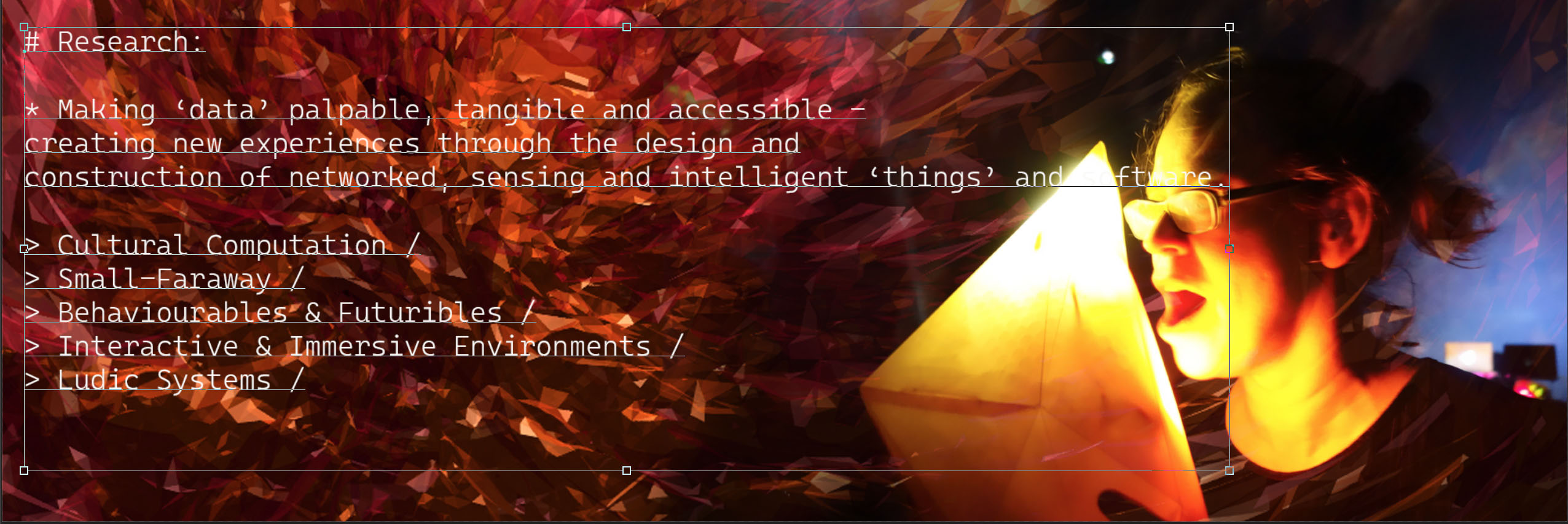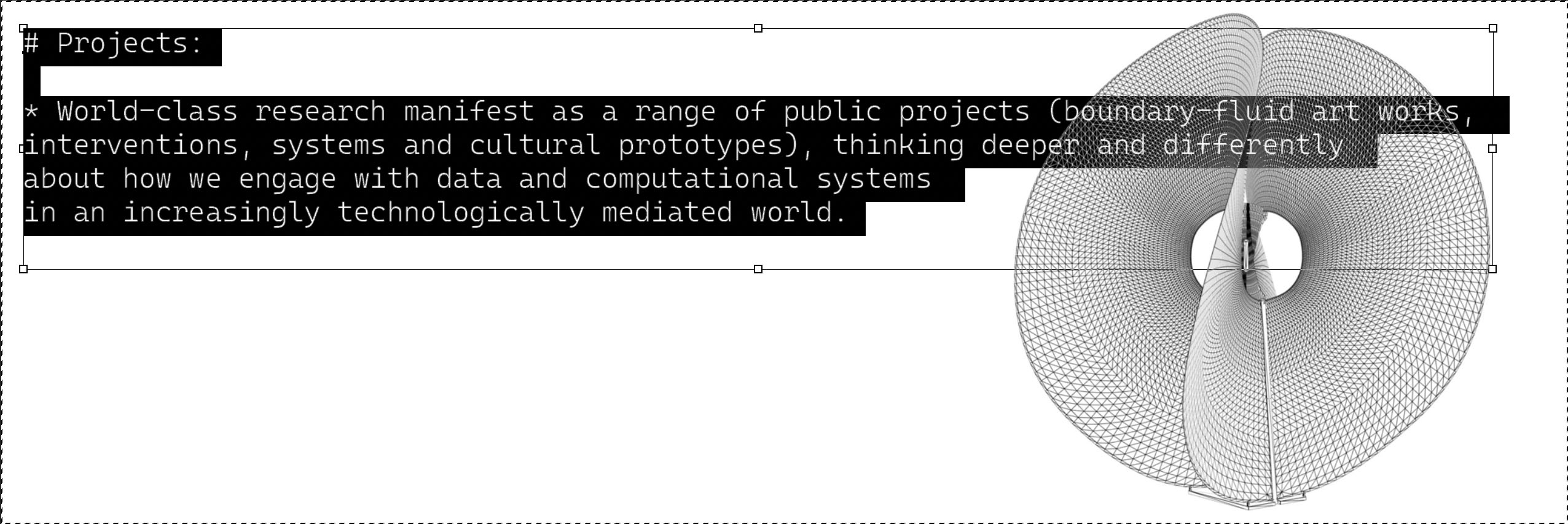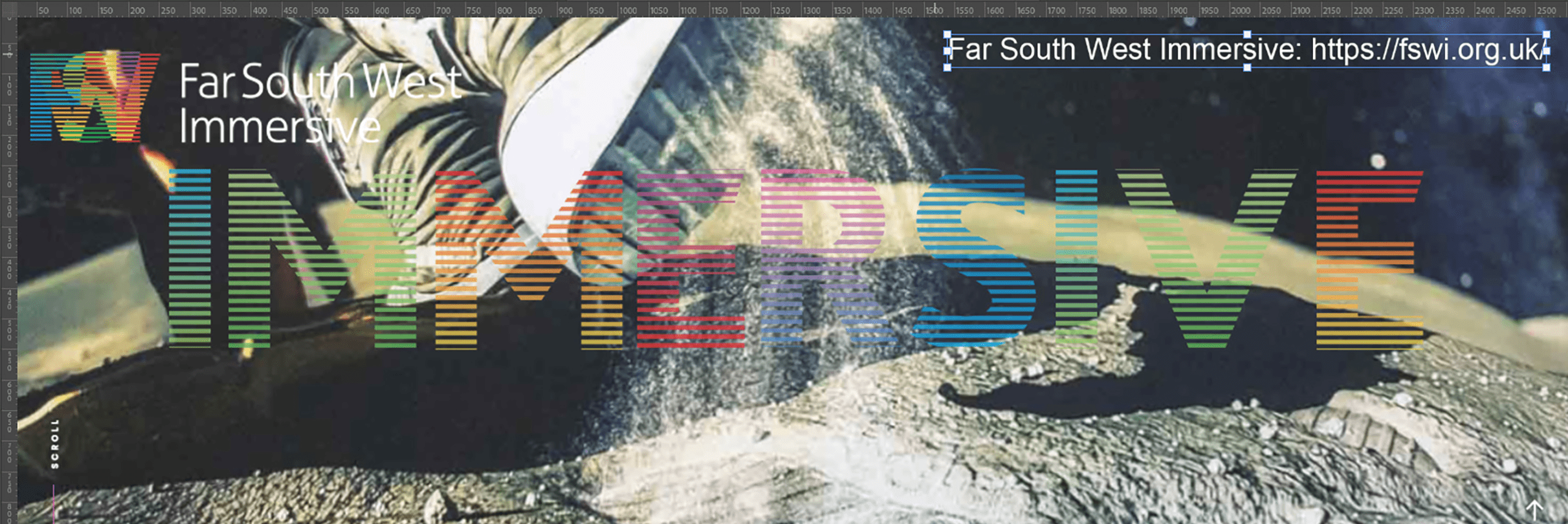Blue Grindrod presents The Plurality of Plasma: BioArt as Translation Medium at the Poetic Translations conference: Conversations across the plurality of Arts disciplines in Visual Arts Exhibitions
Date:16-17 December 2020
Venue: Organised by Solent University, delivered online
https://solentva.hypotheses.org/poetic-translations
16 Wednesday
9.30 – 10.00 – Welcome and Introduction (Dr. Nicola Foster)
10:00 to 11:00: 3 papers -15 min each, 5 min Q and A
Medium specificity – Chair Dr. Flavia Loscialpo with Laura Leahy
One Medium Through Another: Displacement and Criticism in October. Matthew Bowman University of Suffolk
Table for five. Moncomble Philippine Architect
The Plurality of Plasma: BioArt as Translation Medium. Blue Grindrod Designer, multimedia artist
The Plurality of Plasma: BioArt as Translation Medium
Blue Grindrod
BioArt, or art that takes biological forms and processes as its medium of choice, is increasingly becoming a tool in methods of cultural translation; working to decolonise art practices, biological arts work to translate cultural attitudes through the medium of the body, allowing for increased representations of race, gender and sexuality within a tangible and visceral art form. Arising from religious and historical practices of bodily mark-making and morphological alteration, BioArt found a foothold in popular culture through the literary work of Mary Shelley and H.G. Wells, the filmic traditions of Fritz Lang’s Metropolis, and in recent years the art of avant-garde enfants terrible Damien Hirst, Orlan and Stelarc. The aim of this paper is to explore the plurality of biological art practices, both historical and current, as they relate to the translation of cultural values and ideologies through the medium of the human body. Drawing on posthumanist theory, advances in biological technology and feminist and queer discourses, the paper aims to identify the impact and cultural challenges of biological art to the dominant ideological values of the society in which it has been created, whether this be challenges to existing heteronormative structures regarding gender and sexuality or the questioning of supposed human importance in a world increasingly damaged within the age of the anthropocene. By examining the work of key and diverse figures in the field of BioArt, this paper ultimately aims to identify the ways in which artists making use of biological forms have used the medium to present challenges to culturally inscripted models of behaviour and being prescribed by homogeneous hegemonic power structures, as well as assessing the capability of the forms produced to adequately articulate these challenges as they are translated into a textural and biological product.





